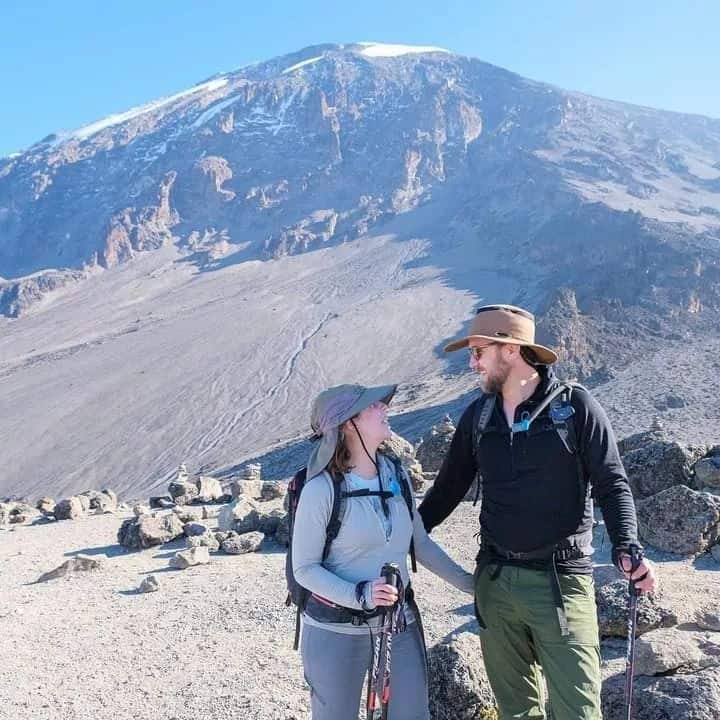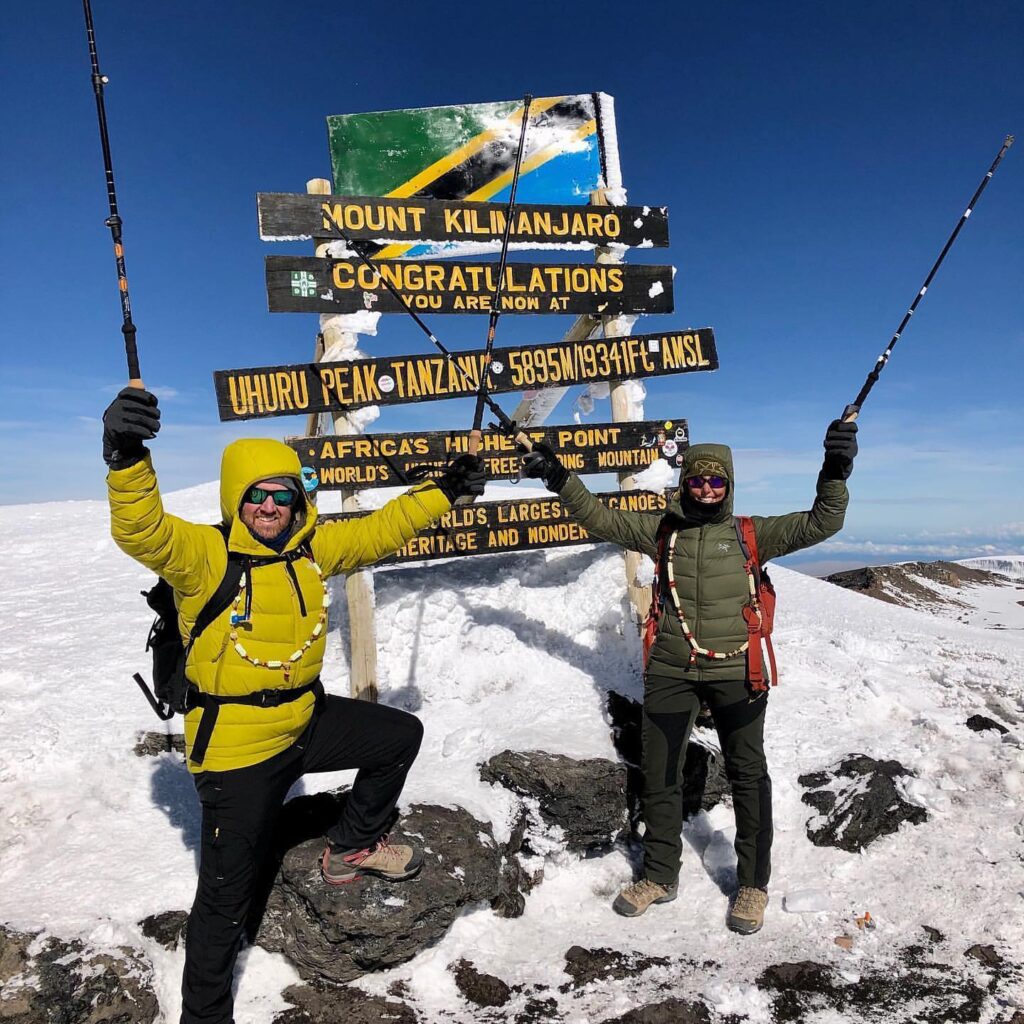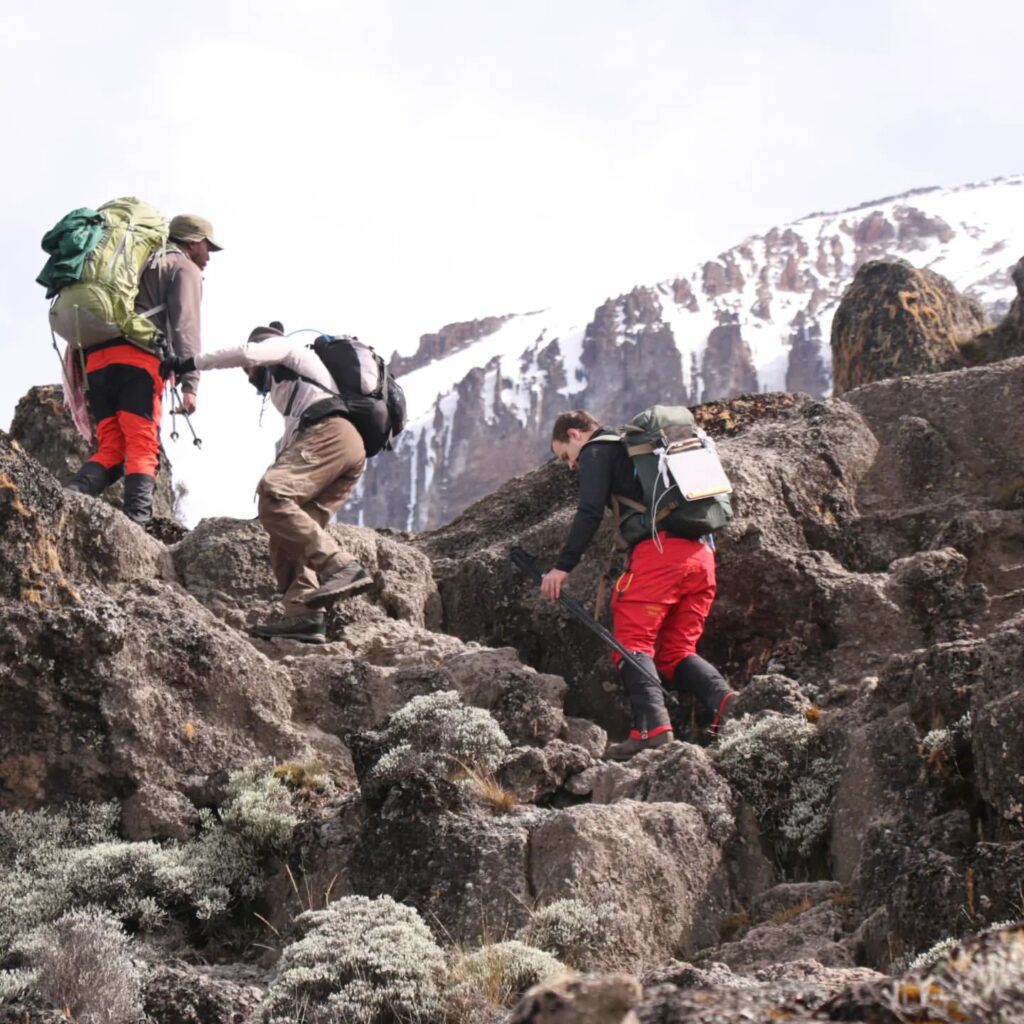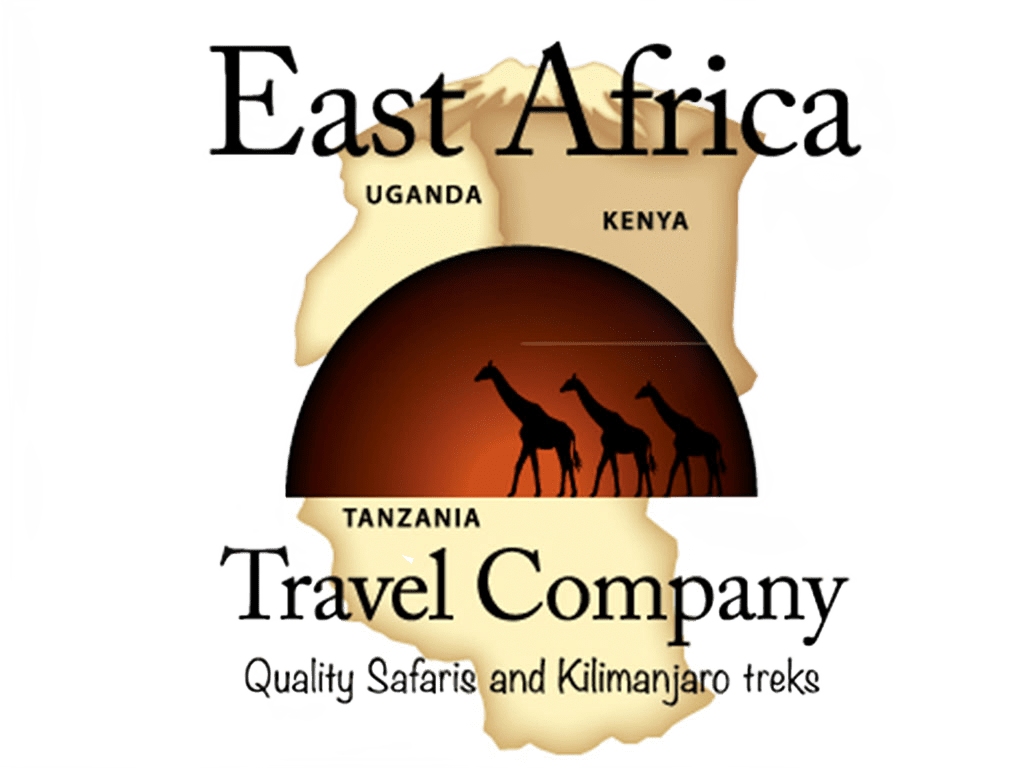Mount Kilimanjaro Mountain Mastery: Embark on an unforgettable journey to conquer Mount Kilimanjaro with our guide to mastering seven thrilling challenges on your East Africa safari adventure.



Mount Kilimanjaro Mountain Mastery
Introduction
Embarking on a journey to conquer Mount Kilimanjaro is an exhilarating endeavor that promises not only breathtaking views but also the ultimate test of personal resilience and determination. As Africa’s tallest peak and one of the world’s most iconic mountains, Kilimanjaro offers adventurers an opportunity to push their limits and immerse themselves in the beauty of East Africa’s natural wonders. In this guide, we’ll explore seven thrilling challenges that await those seeking to master Mount Kilimanjaro, ensuring an unforgettable safari adventure.
Preparing for the Climb: Understanding the Terrain and Climate
Before setting foot on Mount Kilimanjaro, it’s crucial to familiarize yourself with the unique terrain and climate of the region. From dense rainforests to arid alpine deserts, Kilimanjaro presents a diverse range of ecosystems that demand careful preparation and planning. Understanding the altitude variations and weather patterns is essential for ensuring a safe and successful ascent.
Selecting the Right Route: Choosing Your Path to Success
With several routes to choose from, selecting the right path up Mount Kilimanjaro is a pivotal decision for every adventurer. Whether you opt for the popular Machame Route, the scenic Lemosho Route, or the challenging Umbwe Route, each trail offers its own set of challenges and rewards. Consider factors such as altitude acclimatization, scenery, and difficulty level when making your decision.
Conquering Altitude: Overcoming the Effects of High Altitude
As you ascend Mount Kilimanjaro, the effects of high altitude become increasingly pronounced, presenting a significant challenge for even the most seasoned climbers. From altitude sickness to decreased oxygen levels, understanding how to mitigate these effects is crucial for a successful summit bid. Adequate hydration, gradual acclimatization, and proper rest are essential strategies for overcoming altitude-related challenges.
Navigating Technical Terrain: Mastering the Art of Climbing
Navigating the technical terrain of Mount Kilimanjaro requires a combination of physical skill and mental fortitude. From rocky paths to steep inclines, climbers must be prepared to tackle a variety of obstacles on their journey to the summit. Developing basic climbing techniques and maintaining a steady pace are essential for conquering the mountain’s rugged terrain.
Endurance and Stamina: Pushing Your Limits to Reach the Summit
Ascending Mount Kilimanjaro demands a high level of endurance and stamina, as climbers face long days of trekking at high altitudes. Building physical fitness through regular exercise and endurance training is essential for preparing your body for the demands of the climb. Mental resilience and determination are equally important, as climbers push through fatigue and discomfort to reach the summit.
Embracing the Adventure: Finding Joy in the Journey
While reaching the summit of Mount Kilimanjaro is undoubtedly a remarkable achievement, it’s essential to embrace the adventure and find joy in the journey itself. Take time to appreciate the stunning landscapes, connect with fellow climbers, and immerse yourself in the rich culture and history of East Africa. The experience of climbing Kilimanjaro extends far beyond reaching the summit, encompassing moments of awe, camaraderie, and personal growth.
FAQs (Frequently Asked Questions)
- How long does it take to climb Mount Kilimanjaro? It typically takes around 5 to 9 days to climb Mount Kilimanjaro, depending on the chosen route and itinerary.
- What is the best time of year to climb Kilimanjaro? The best time to climb Mount Kilimanjaro is during the dry seasons, which are typically from late December to early March and from June to October.
- Is altitude sickness common on Kilimanjaro? Altitude sickness can affect climbers at high altitudes, so it’s essential to acclimatize properly and be aware of the symptoms.
- Do I need previous climbing experience to climb Kilimanjaro? While previous climbing experience is beneficial, it’s not required for most routes up Mount Kilimanjaro. However, a good level of fitness and preparation is essential.
- What gear do I need for climbing Kilimanjaro? Essential gear for climbing Kilimanjaro includes sturdy hiking boots, warm clothing layers, a sleeping bag, trekking poles, and a headlamp, among other items.
- Are there age restrictions for climbing Mount Kilimanjaro? There are no strict age restrictions for climbing Kilimanjaro, but participants should be in good physical health and prepared for the challenges of high-altitude trekking.
Conclusion
Embarking on a journey to conquer Mount Kilimanjaro is a once-in-a-lifetime adventure that promises unforgettable experiences and unparalleled challenges. By mastering the seven thrilling challenges outlined in this guide, adventurers can embark on a safari adventure of a lifetime and leave a lasting legacy atop Africa’s tallest peak. So lace up your boots, pack your sense of adventure, and prepare to conquer Mount Kilimanjaro like never before.
Youtube
